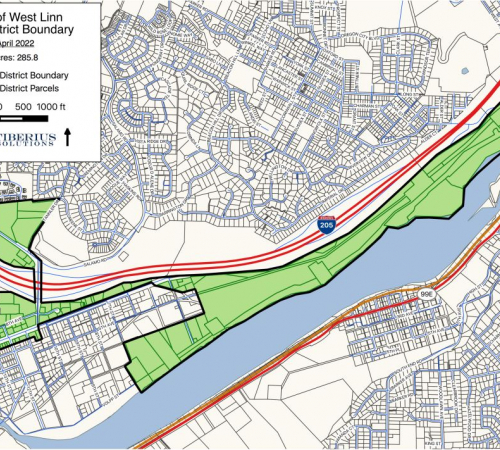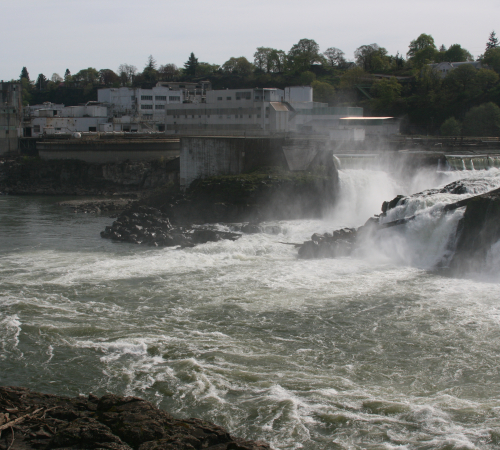Tax Increment Finance District
What is Tax Increment Financing?
Under ORS 457, Oregon cities can use tax increment financing (TIF) to help fund projects that improve underdeveloped or blighted areas.
When a TIF district is created, the property tax revenue generated from increases in assessed property values—known as tax increment revenue—is used to repay borrowed funds. These funds are then invested in infrastructure and redevelopment projects within the area.
By law, the total amount borrowed cannot exceed the maximum indebtedness set in the adopted TIF Plan.
Purpose of TIF
The goal of TIF is to stimulate investment in areas that may have:
- Aging or inadequate streets and utilities
- Little or no existing infrastructure
- Other conditions that hinder development
TIF-funded projects may include:
- Construction or upgrades of streets, utilities, and public facilities
- Support for property rehabilitation or redevelopment
- Acquisition and resale of properties from willing sellers (site assembly)
- Enhancements to parks, plazas, and other public spaces
Tax increment financing does not raise property taxes and their is no impact on taxpayers, rather it dedicates a share of existing taxes to infrastructure projects as described above. It does not add to West Linn residents' tax bills, it divides from the existing tax bill and the reduces tax revenue to overlapping tax districts. The West Linn City Council will run the District and ensure that all expenditures are appropriate and coordinated with community goals.
West Linn Willamette Riverfront TIF Area Plan
The West Linn City Council approved the Willamette Riverfront Tax Increment Finance Area Plan in 2023.
- Total Area: 333.8 acres
- 197.41 acres of land in tax lots
- 136.39 acres of public rights-of-way
- Plan Duration: Approximately 30 years of tax increment collections
- Maximum Indebtedness: Not to exceed $76.1 million
Guiding Principles
The following principles direct how TIF revenues will be invested over the life of the Plan:
- River Access – Enhance public access to the Willamette River.
- Historic Character – Preserve and celebrate West Linn’s unique history.
- Reinvestment Opportunity – Encourage private investment and redevelopment.
- Transportation Improvements – Improve connectivity and infrastructure within the district.
Plan Administration
The West Linn Redevelopment Agency is responsible for administering the Willamette Riverfront TIF Area Plan.



